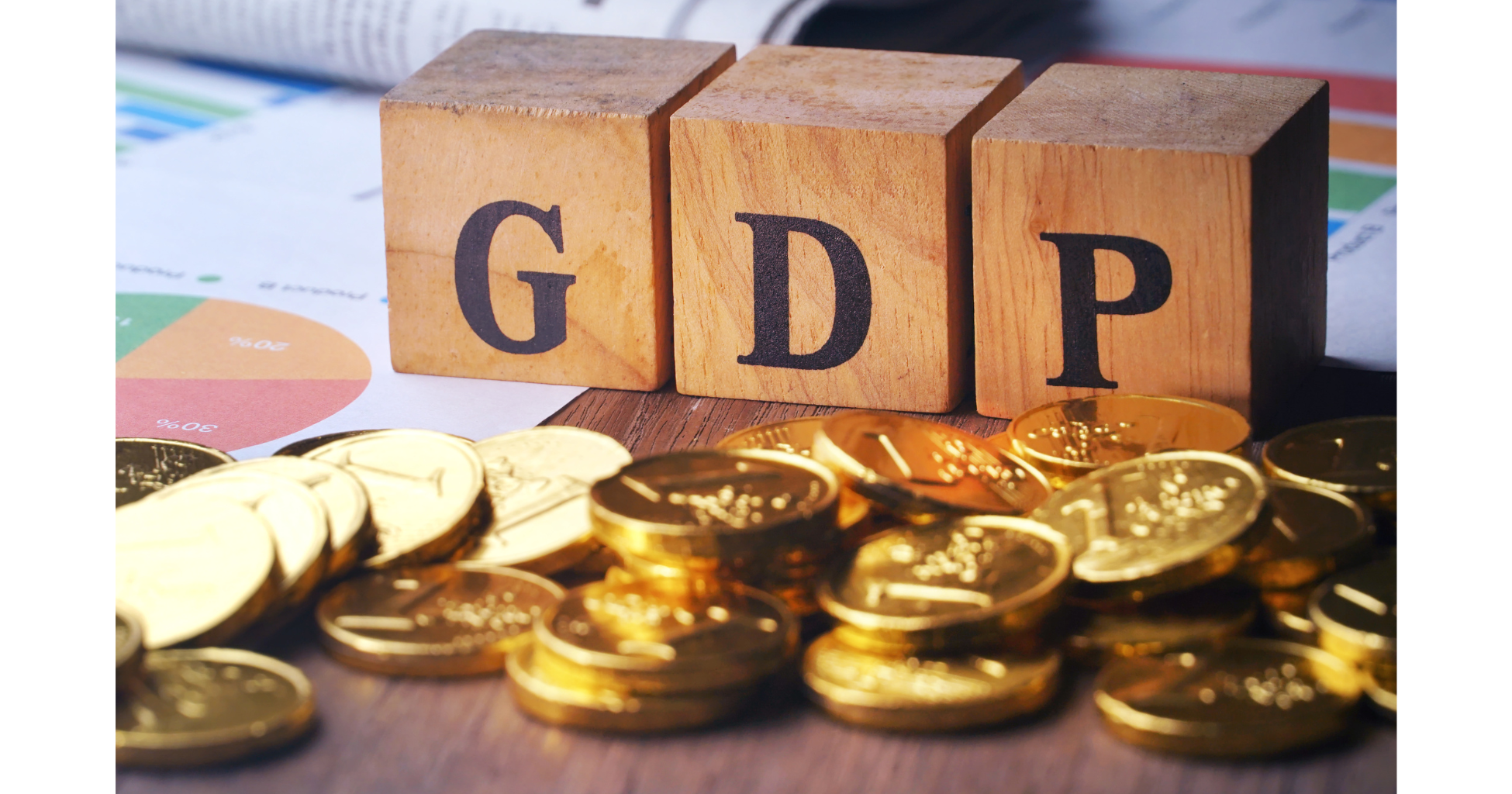The U.S. economy experienced a noticeable shift in the fourth quarter of 2023, concluding what was otherwise a robust second half of the year. While the growth rate moderated, it was still a sign of a resilient economy. Economists anticipate that the initial gross domestic product (GDP) figures will reveal an annualized increase of 2%, as per a Bloomberg survey’s median estimate. This follows a notable 4.9% growth in the third quarter, marking this as the most vigorous consecutive quarters since 2021.
Inflation and Monetary Policy: A Changing Landscape
Interestingly, inflation pressures seem to be easing. The day after the release of GDP figures, a report on personal income and spending is expected to indicate that the Federal Reserve’s preferred inflation measure rose by 3% for the year ending in December. This trend, showing a continual decrease in annual price growth for 11 months, suggests a shift in economic dynamics.
The slowing of inflation has allowed the U.S. central bank to consider reducing interest rates this year. However, many policymakers are cautious, weighing the risks of early action against potential inflation re-acceleration. Notably, the real federal funds rate is at its highest since 2007, preceding a recession.
Economic Forecast and Global Perspective
Bloomberg Economics projects a 2.7% growth for the full-year 2023 GDP, a significant increase from the 0.7% in 2022. However, considering factors like labor market cooling and consumer demand sustainability, they also anticipate a slowdown in the first half of 2024. In the meantime, global economic players like the European Central Bank, the Bank of Japan, and others are closely monitored for their rate decisions, which could influence global economic trends.
Regional Economic Indicators: A Global Snapshot
As the world watches, various countries are poised to release key economic data. Japan is set to publish trade statistics, which might indicate a rebound in exports. China’s prime rates are expected to remain unchanged, while South Korea might show an uptick in economic growth. The ECB’s decision and the UK’s purchasing managers’ surveys are highly anticipated in Europe. Central banks in other regions, like Ukraine, Norway, Turkey, and South Africa, also have significant rate decisions that could impact their respective economies.
In Latin America, Brazil’s inflation figures are keenly observed, potentially influencing the central bank’s rate decisions. This comprehensive overview highlights the delicate balance of economic growth, inflationary trends, and monetary policies shaping the global economic landscape as 2024 unfolds.





